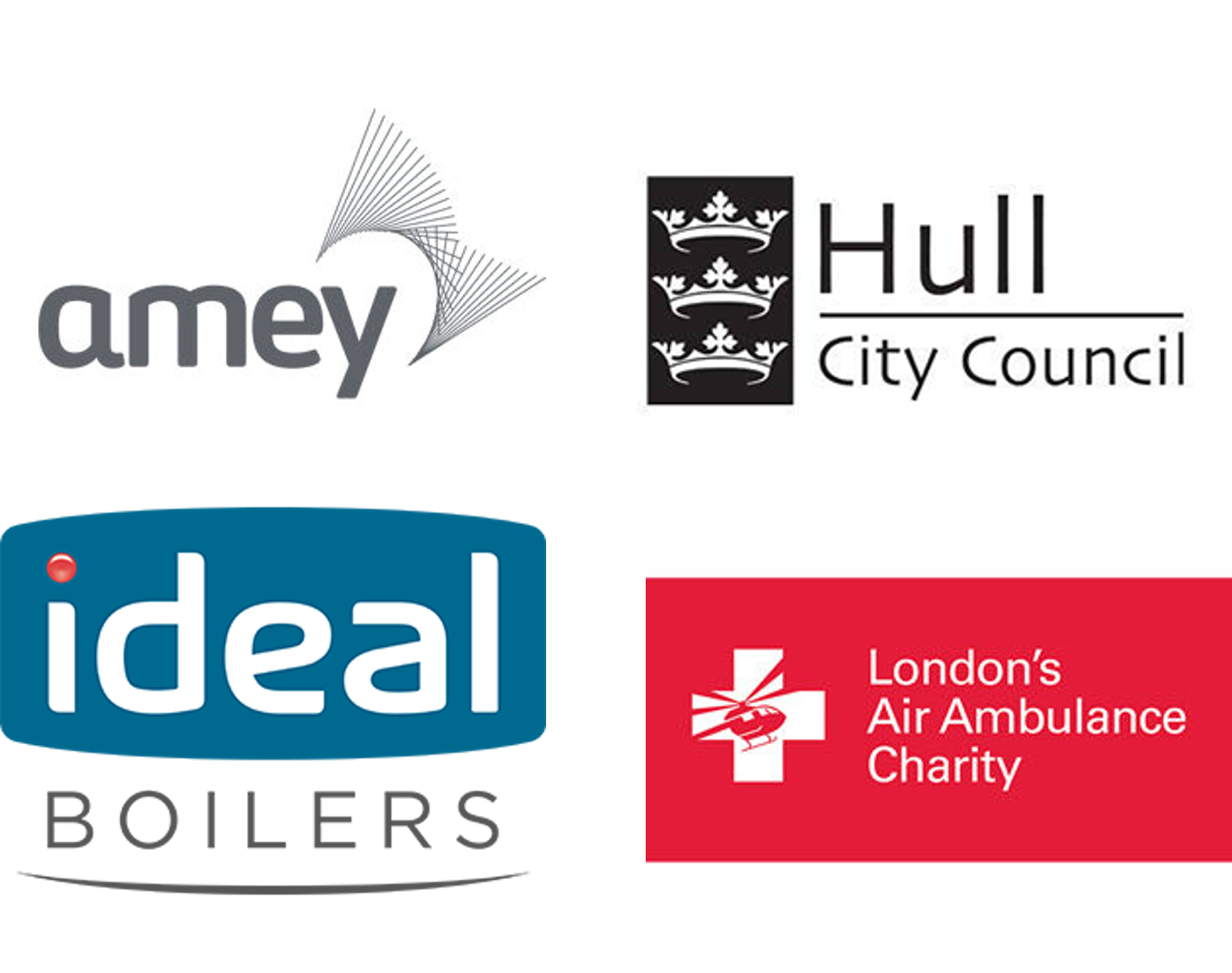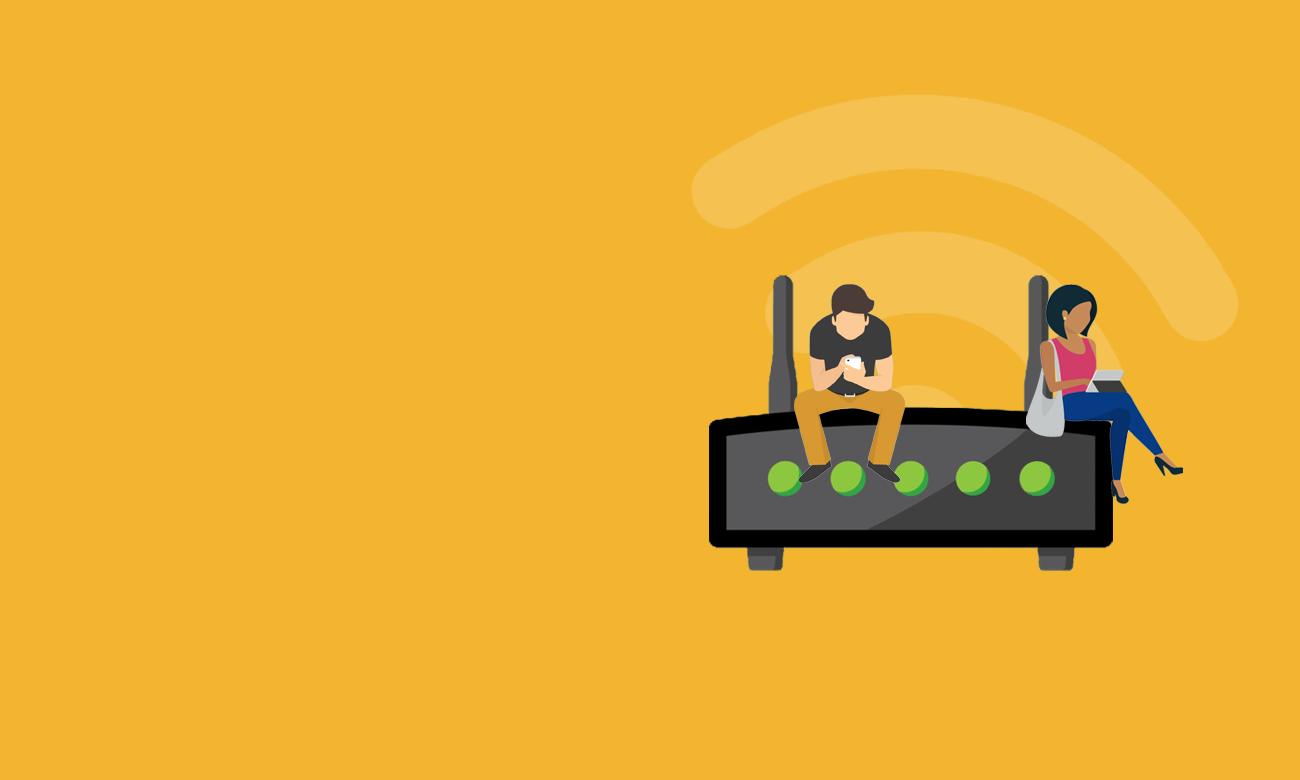
Why Connexin for Business?
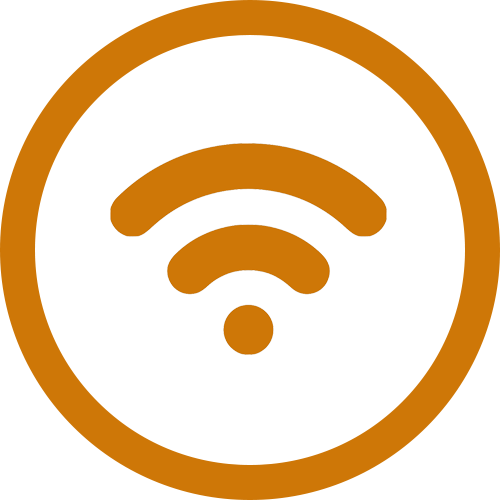
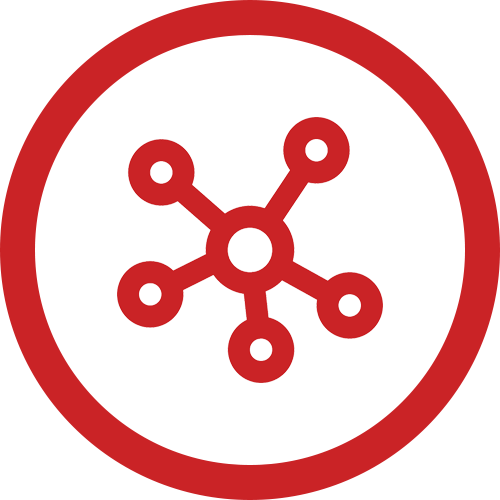
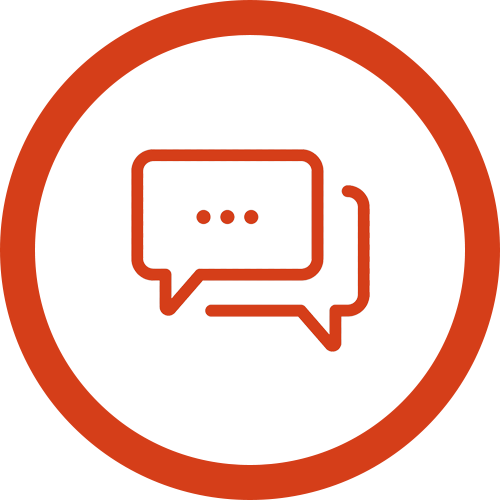
Your Business Solutions Partner
Join the likes of Hull City Council, London’s Air Ambulance Charity, Ideal Boilers, and Amey by trusting us to keep you up-to-speed with the latest business technology solutions.
Empowering UK Businesses
Connexin is much more than a leading name in broadband solutions. We empower businesses to navigate digital transformation and deliver more for their customers.
